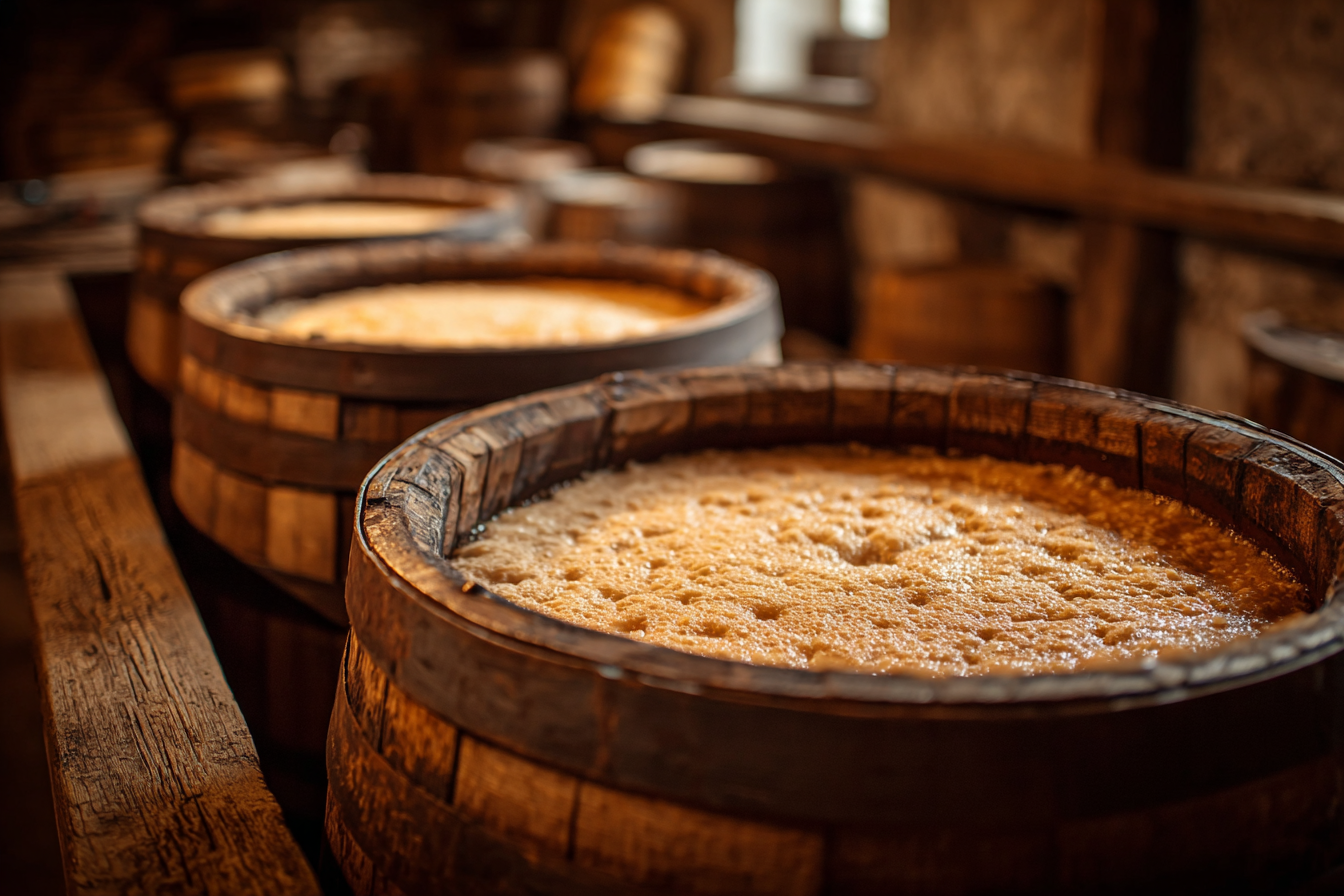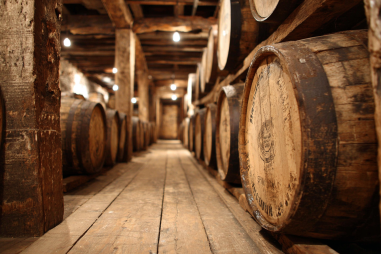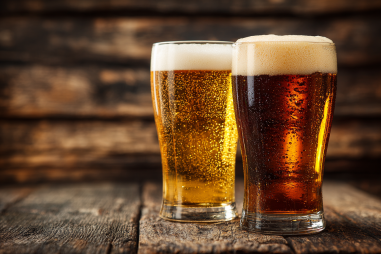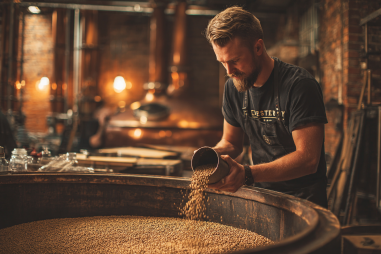Brett IPA is quickly gaining popularity among craft beer enthusiasts for its intriguing complexity and bold flavors. Unlike traditional IPAs brewed with Saccharomyces yeast, Brett IPAs use wild Brettanomyces yeast that transforms the beer with unique aromas and tastes that can range from fruity and funky to earthy and tart. Exploring the Brett IPA fermentation process opens up new possibilities for brewers looking to craft distinctive, memorable brews. This guide will walk you through the key stages of Brett IPA fermentation, equipment needs, challenges to watch for, and tips to optimize your brew.
Introduction to Brett IPA and Its Unique Yeast
Brett IPA combines the hoppy brightness of an India Pale Ale with the wild, complex characteristics imparted by Brettanomyces yeast strains. These yeasts, often referred to simply as “Brett,” bring a wild, unpredictable edge to fermentation that can create flavors and aromas absent in standard ales and lagers. The result is an IPA that not only delivers bold hop bitterness but also layers of funk, spice, fruitiness, or even subtle barnyard notes. This style is perfect for adventurous brewers and drinkers eager for something beyond the ordinary.
What Is Brettanomyces? Characteristics and Effects on Beer
Brettanomyces is a genus of wild yeast known for its ability to slowly break down complex sugars and create a diverse range of flavor compounds during fermentation and aging. Unlike Saccharomyces cerevisiae (the standard brewer’s yeast), Brett can ferment sugars that Saccharomyces leave behind, such as dextrins, resulting in a drier beer with increased attenuation.
Brettanomyces yeast strains produce distinctive flavor molecules including phenols and esters that contribute to the beer’s distinctive “funk.” Common flavor descriptors include:
- Earthy and barnyard
- Fruity notes, such as pineapple, apple, or citrus
- Spicy and clove-like aromas
- Sour or tart undertones
These flavor characteristics evolve over time. Brett fermentation is typically longer than standard ale yeast fermentations, sometimes taking weeks or months, especially when secondary fermentation or barrel aging is involved.
Step-by-Step Fermentation Stages for Brett IPA
Brewing a Brett IPA involves several key fermentation stages to ensure the yeast can express its unique qualities effectively:
1. Primary Fermentation
Most Brett IPAs start with a primary fermentation using a clean ale yeast strain (Saccharomyces cerevisiae) to rapidly ferment the majority of the simple sugars. This stage typically lasts anywhere from 5 to 10 days at temperatures between 65–72°F (18–22°C). The goal is to establish a solid, attenuated base with minimal off-flavors.
2. Brett Inoculation
Once primary fermentation has finished or reached a near-complete point, Brettanomyces yeast is introduced. This can be done by adding Brett slurry or a pure Brett culture to the beer, either directly into the primary fermenter or transferring the beer to a secondary vessel for Brett inoculation.
3. Secondary Fermentation
During the secondary phase, Brett metabolizes complex sugars left behind by Saccharomyces. This fermentation is slower and can take anywhere from 3 weeks to several months depending on the strain, fermentation temperature, and desired flavor complexity. Temperatures in this stage are often maintained between 68–78°F (20–25°C) to promote Brett activity.
4. Conditioning and Aging
Brett IPAs benefit from extended aging to allow flavors to mature and mellow. Some brewers age their beer in stainless steel, oak barrels, or wood chips to incorporate additional depth and character. This aging period can last from a few weeks to many months, during which Brett continues to transform the beer.
Equipment and Environment Considerations
Successful Brett IPA fermentation requires attention to equipment and the brewing environment, due to Brett’s hardy and sometimes invasive nature.
- Dedicated Equipment: Brettanomyces can be difficult to sanitize completely and may contaminate future batches if proper cleaning protocols aren’t followed. Many brewers keep separate fermenters and utensils for Brett beers.
- Fermentation Vessels: Glass carboys or stainless steel fermenters are ideal. Oak barrels can be used if a funky barrel-aged profile is desired.
- Temperature Control: Consistent temperatures are critical. Too cool and Bretts may become sluggish; too warm and off-flavors or excessive funkiness may develop.
- Sanitation: Because Brett can survive where other yeasts cannot, rigorous cleaning and sanitizing between batches helps avoid cross-contamination.
- Airlock or Blow-off Tube: Brett fermentation can produce vigorous CO2 over extended periods, so you may need a blow-off tube setup to prevent pressure buildup.
Common Challenges and How to Overcome Them
Working with Brettanomyces yeast adds complexity and potential challenges. Some common issues and solutions include:
- Extended Fermentation Time: Patience is key. Resist the urge to rush the process; monitor gravity to determine fermentation progress rather than time alone.
- Sanitation Risks: Use dedicated Brett equipment and practice stringent cleaning procedures.
- Unwanted Off-Flavors: Control fermentation temperature to limit phenolic or solvent aromas. Choosing the right Brett strain tailored for IPAs can reduce funky extremes.
- Over-Attenuation: Because Brett continues to ferment sugars long after primary yeast finishes, some beers may become overly dry and thin. Consider blending with younger beer or tracking attenuation closely.
- Cross-Contamination: Brett is hardy and can invade other brews if not contained properly, so isolate Brett batches.
Tips for Optimizing Brett IPA Fermentation
To get the best results from your Brett IPA fermentation, consider these tips:
- Start Clean: Begin with a clean wort by using high-quality malt and hops and maintaining sanitation during brewing.
- Use a Compatible Ale Yeast: Starting fermentation with a neutral ale yeast will help build a clean base before Brett aroma and flavors develop.
- Choose the Right Brett Strain: Different Brett strains produce different flavor profiles. Research strains like Brett bruxellensis, Brett claussenii, or Brett lambicus to suit your flavor goals.
- Temperature Control: Maintain steady and appropriate temperatures, slightly warmer in secondary to encourage Brett activity.
- Monitor Gravity Often: Track fermentation progress with a hydrometer or refractometer to avoid over-attenuation or unwanted dryness.
- Consider Wood Aging: Using oak chips or barrels can enhance the Brett character and add complexity.
- Be Patient: Brett fermentation takes time to develop fully. Allow your beer to age as long as necessary in proper conditions.
Experimenting with Brett IPAs can be a rewarding journey for brewers willing to embrace the unpredictability and depth of flavor Brettanomyces provides.
Perfecting Your Brett IPA Brew
Brett IPA stands out as a truly unique style, marrying the hoppiness and bitterness beloved in IPAs with the intriguing funk and complexity of Brettanomyces yeast fermentation. Unlocking the secrets behind the Brett IPA fermentation process—starting with a solid primary fermentation, carefully introducing Brett strains, maintaining proper conditions, and allowing sufficient time for secondary fermentation and aging—is essential to crafting exceptional brews. While there are challenges inherent in working with wild yeasts, informed techniques and patience can transform your beer into a flavorful masterpiece that surprises and delights. Whether brewing for personal enjoyment or sharing with fellow enthusiasts, mastering the Brett IPA fermentation process opens the door to a world of wild, dynamic flavors that will elevate your brewing game.







